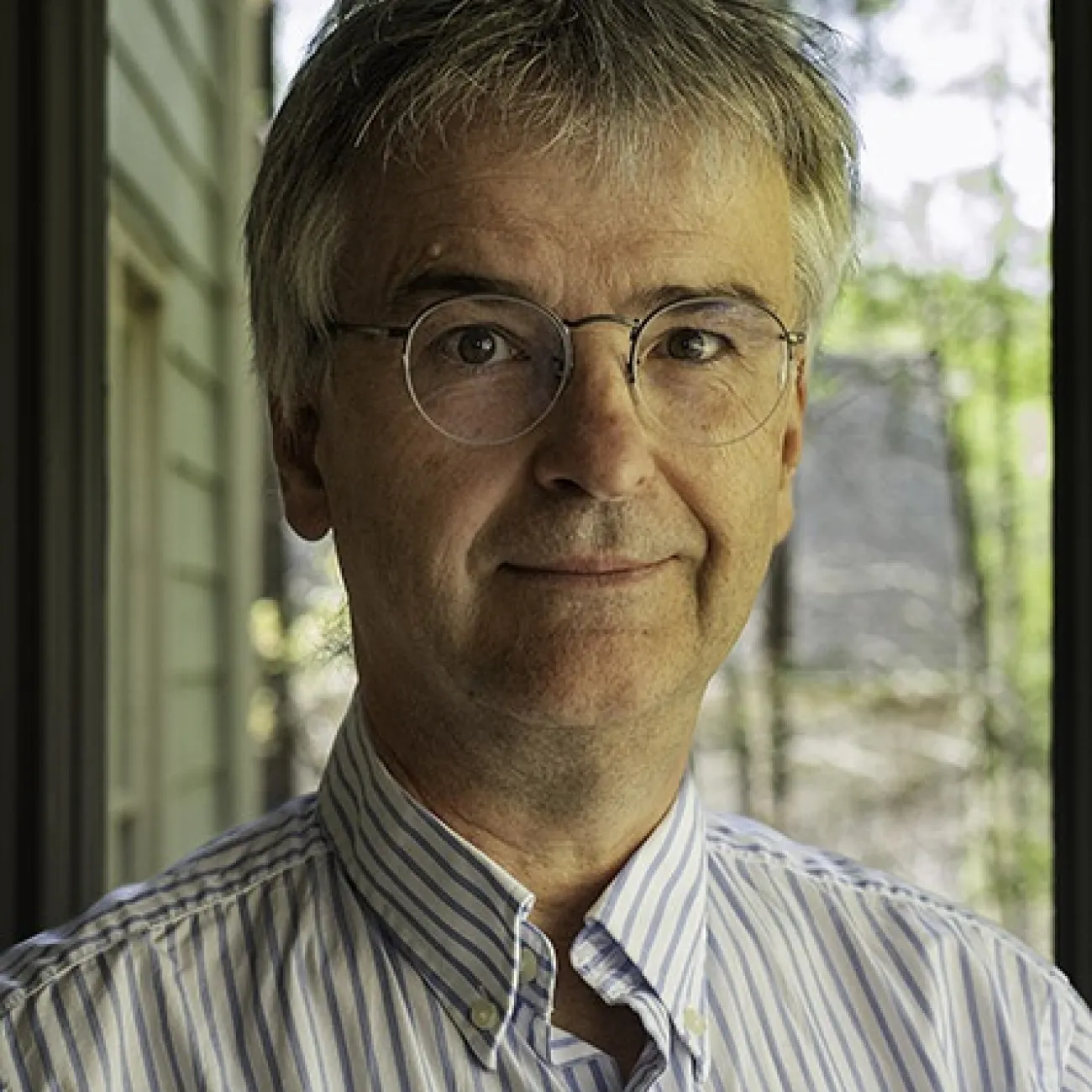About
Professor Jacek Brodzki is Professor of Pure Mathematics at the University of Southampton.
Brodzki's research covers topological data analysis, noncommutative geometry, K- theory of operator algebras, coarse geometry, and mathematical physics. He has founded two research groups supported by grants from the EPSRC and a wide network of interdisciplinary collaborations, spanning mathematics, physics, medicine, genetics, computer science, and electrical engineering.
He led the programme “Joining the Dots: From Data to insight” which unifies topological data analysis, machine learning and statistics. He is a co-founder and Director of the Centre for Geometry, Topology, and Applications (CGTA). He is the lead of the Southampton node of the £10M EPSRC-sponsored programme: “Mathematical Foundations of Intelligence: An ‘Erlangen Programme’ for AI”.
Brodzki is Head of School of Mathematical Sciences.
A link to Brodzki's personal homepage can be found here
You can update this in Pure (opens in a new tab). Select ‘Edit profile’. Under the heading and then ‘Curriculum and research description’, select ‘Add profile information’. In the dropdown menu, select - ‘About’.
Write about yourself in the third person. Aim for 100 to 150 words covering the main points about who you are and what you currently do. Clear, simple language is best. You can include specialist or technical terms.
You’ll be able to add details about your research, publications, career and academic history to other sections of your staff profile.
